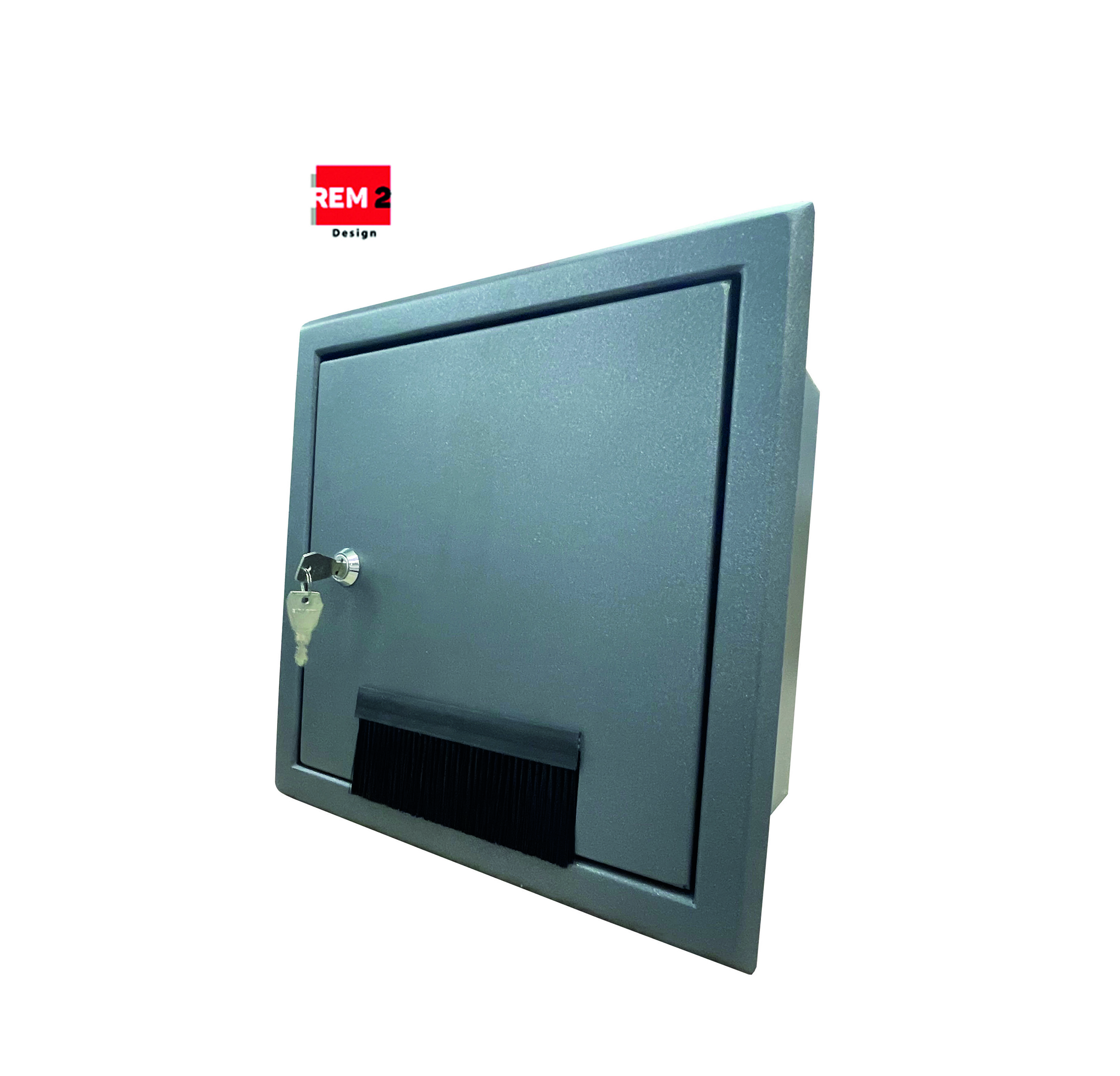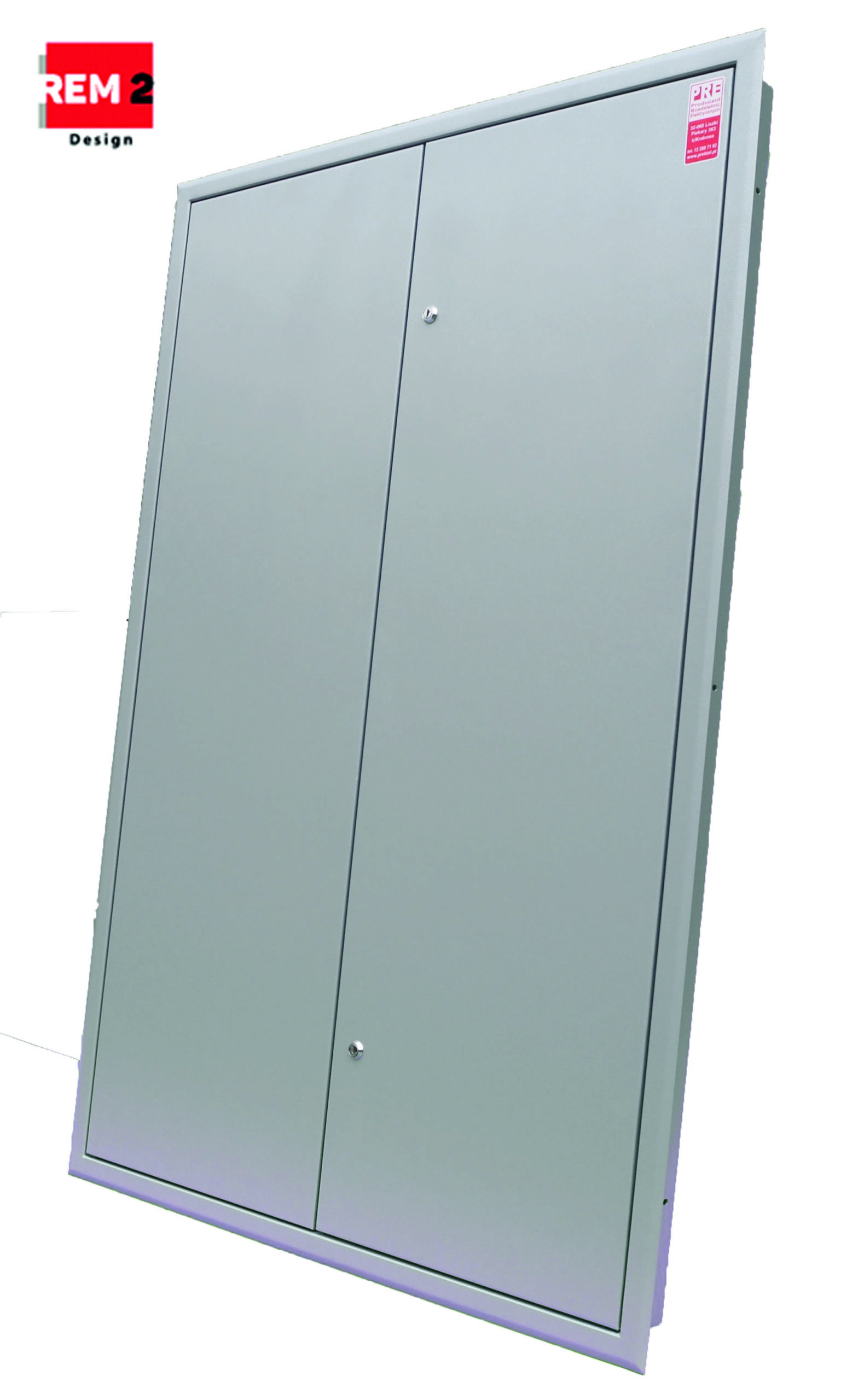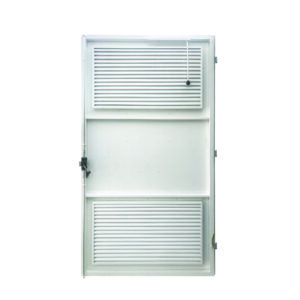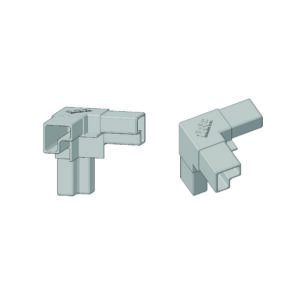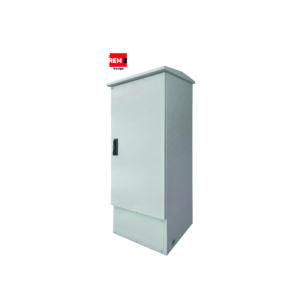Application
- In the distribution network to cover cable connector bays, without having to rebuild the bay;
- In construction for shielding low-voltage and low-current infrastructure;
- For covering plumbing and gas-co;
- To completely mask the hole in the wall created by insulation or a change in its construction.
Design description
Door design
- Doors made in I or II protection class;
- The frame and wings are made of steel or aluminum sheets joined by welding;
- The thickness of the sheet metal adapted to the dimensions;
- Powder-coated in any color (RAL) and surface texture (e.g., woodgrain design) with high resistance to deterioration and external factors;
- A border of any width to allow accurate masking by using a rant;
- One or two wings;
- Lockable with a cylinder lock or a basquil lock locked with a system cylinder and an additional padlock;
- Interior hinges with additional anti-burglary catch;
- Additional gaskets installed in the door connection space provide additional tightness.
It is possible to make doors with beveled edges at any angle.
Assembly
- The door is installed in the opening with screws with expansion bolts (diameter selected according to the size and weight of the door) according to the instruction manual.
Rated parameters
| Material: | sheet steel / aluminum |
| IP rating: | 30 – 54 |
| IK degree of mechanical resistance: | 07 – 10 |
| Protection class: | I/II |
| Height/Width/Depth: | unbound |
Compliance with standards
IEC/EN 60529
“Degrees of protection provided by enclosures (IP Code)”;
PN-EN 62208
“Empty enclosures for low-voltage switchgear and controlgear. General requirements”;
PN-EN 62262
“Degrees of protection against external mechanical impact provided by electrical equipment enclosures (IK Code).”
PN-EN ISO 4628
“Paints and varnishes – Evaluation of deterioration of coatings – Determination of the amount and extent of damage and the intensity of uniform changes in appearance – Part 6: Evaluation of the degree of chalking by the tape method”.
PN-EN ISO 2409
“Paints and varnishes – Testing by the notch grid method”.

